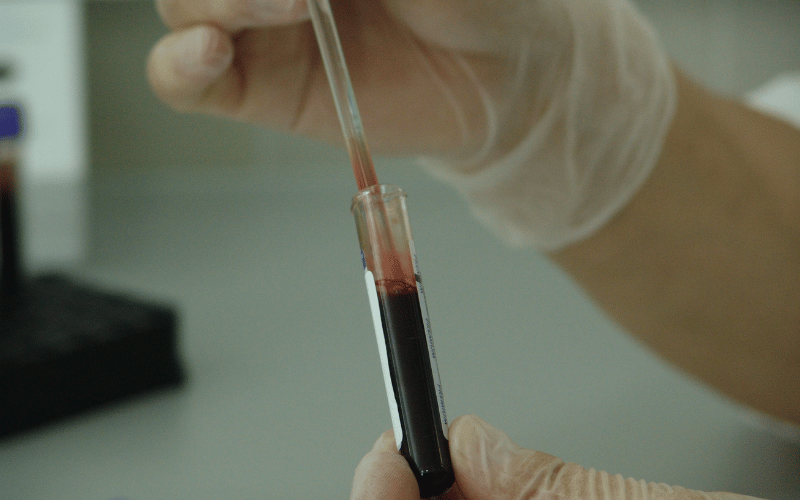Introduction: A Silent Struggle with BPDCN

Blastic Plasmacytoid Dendritic Cell Neoplasm, or BPDCN for short, remains an enigma for many. It’s one of those diseases that lurks in the shadows, often misdiagnosed and misunderstood. This blood cancer’s rarity makes it particularly challenging for individuals and healthcare professionals to recognize promptly.
You might ask, “Why is early detection so crucial?” BPDCN is an aggressive form of blood cancer, which means that the earlier it’s caught, the better the chances for a favorable outcome. It’s somewhat like finding a needle in a haystack. Given its propensity to manifest as common skin conditions, it often goes unnoticed until it’s advanced to more severe stages.
Now, there’s a silver lining. By understanding and spreading awareness about its subtle symptoms, we can collectively make a difference. An informed individual might just catch the signs before it’s too late. This isn’t merely about spreading fear but rather empowering each one of us with knowledge. Knowledge that could potentially save a life.
So, what are these symptoms? What should you be wary of? Let’s delve into these often-overlooked indicators of BPDCN.
Symptom 1: Unexplained Skin Lesions

Skin is our largest organ and often the first line of defense. When BPDCN comes into the picture, its manifestations can often start with the skin. The lesions aren’t your average spots or irritations. They tend to be red or purple patches that can sometimes develop into nodules or ulcers. While many might brush it off as an allergic reaction or a harmless rash, there’s more than meets the eye.
The real difference lies in their resilience. Unlike a typical skin issue, these lesions don’t seem to budge, even after trying over-the-counter treatments. Moreover, they have a unique consistency that sets them apart. They’re not itchy like eczema nor flaky like psoriasis. Instead, they stand out with their vivid coloration and distinct appearance.
Now, you might wonder, “Why do these lesions form in the first place?” BPDCN is a blood cancer, which means it’s affecting blood cells at a cellular level. The skin manifestations can be the body’s way of signaling an underlying problem, as cancerous cells can accumulate in the skin.
Interestingly, these lesions can appear anywhere on the body. It’s not just confined to areas typically exposed to the sun or elements. Some patients have reported them even in areas like the torso or the back, places we often overlook. (1)